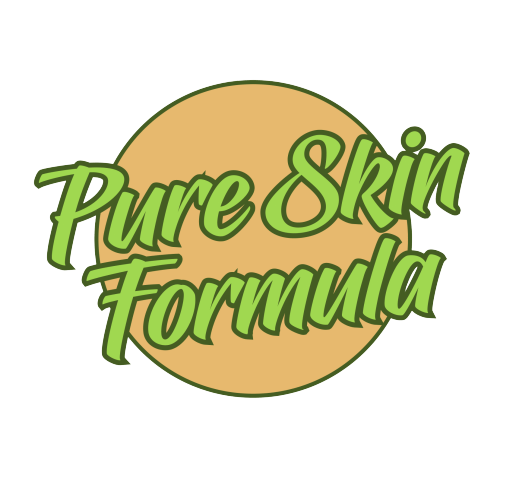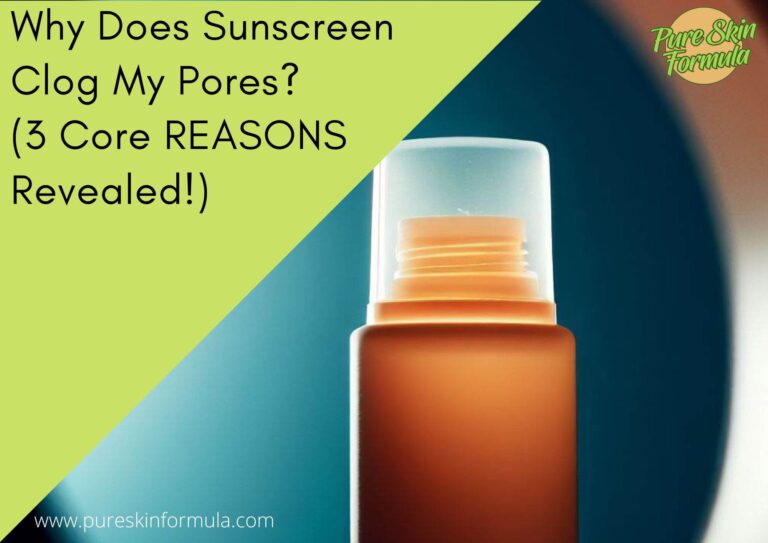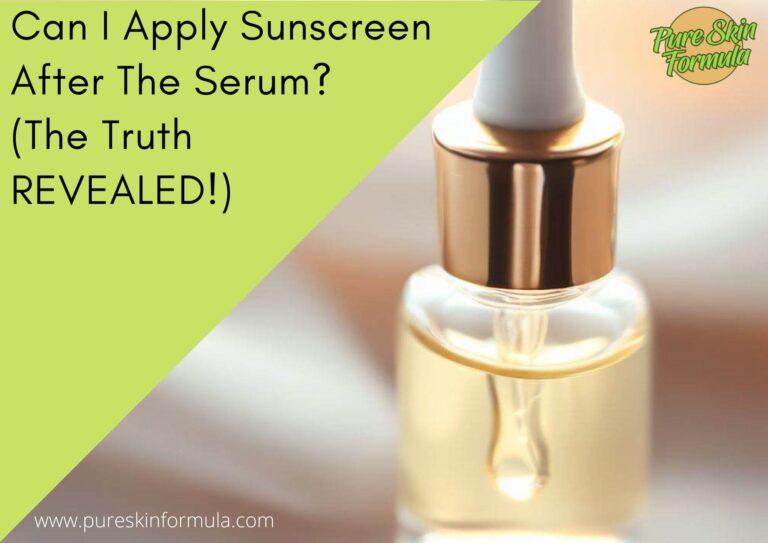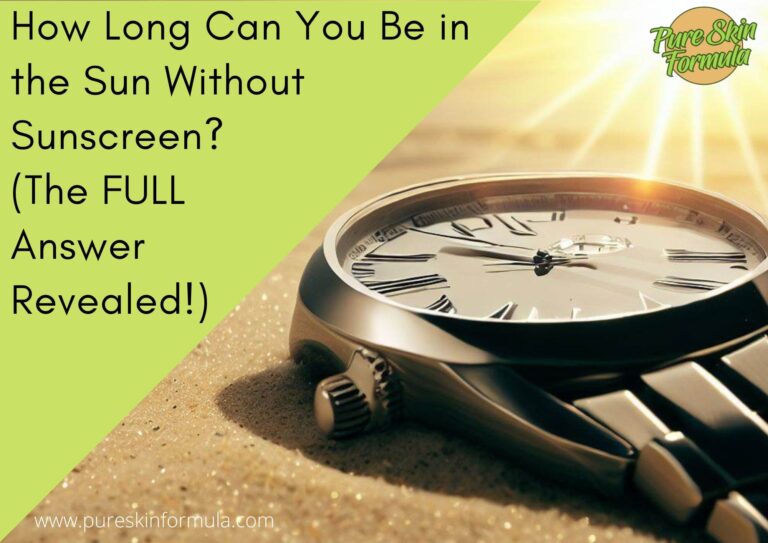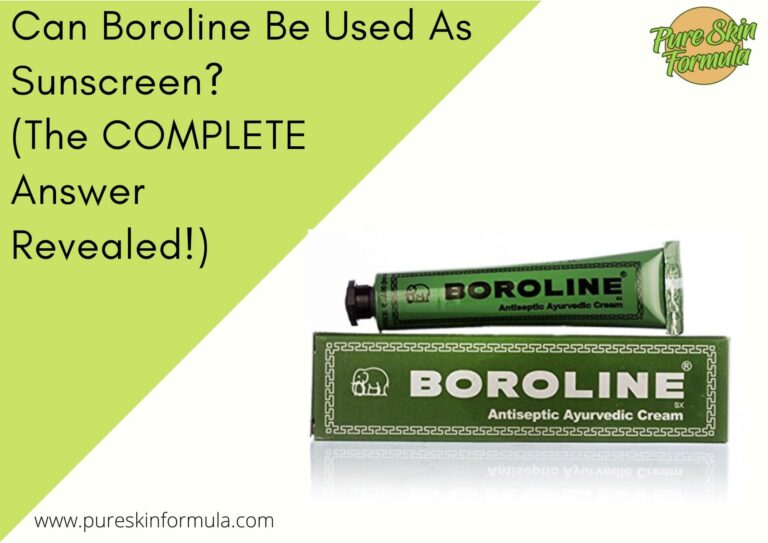Are you relying on your trusty normal cleanser to remove that stubborn sunscreen? Think again! Sunscreen shields our skin from the sun’s harmful rays, but removing it requires more than just an ordinary cleanser.
In this article, we’ll dive deep into the science behind sunscreen, explaining why regular cleansers fall short in the battle against stubborn SPF. So, if you’re ready to unlock the secrets of effective sunscreen removal, keep reading to discover the importance of specialized cleansers and techniques that will leave your skin clean, refreshed, and ready to face the sun’s rays head-on.
It’s time to take control of your skincare routine and ensure your sunscreen is completely banished, paving the way for a healthy and radiant complexion.
Can a normal cleanser remove sunscreen?
Ordinary cleansers may not effectively remove sunscreen from the skin. Sunscreen is designed to adhere to the skin and provide a protective barrier, making it challenging to remove with regular cleansers alone.
Normal cleansers are typically effective in removing dirt, oil, and impurities, but they may struggle to break down and remove the ingredients present in sunscreen formulations.
To ensure thorough sunscreen removal, it is recommended to follow a double cleansing routine. It involves using an oil-based cleanser or micellar water as the first step to dissolve and remove sunscreen, followed by a foaming cleanser to cleanse the skin and eliminate any residue deeply.
This two-step process helps to effectively break down the sunscreen’s water-resistant components and ensure a clean and refreshed complexion.
Specific types of sunscreen, such as physical sunscreens with mineral-based ingredients or waterproof and sweat-resistant formulations, may require additional effort for complete removal.
Adjusting the cleansing technique, using gentle massaging motions, and incorporating suitable products can contribute to more successful sunscreen removal and maintain healthy skin.
Let’s delve deeper into the topic.
How is sunscreen composed?
There are two main types of sunscreen: physical and chemical. The first type contains mineral-based ingredients like zinc oxide or titanium dioxide that act as a physical barrier, reflecting and scattering UV rays away from the skin.
On the other hand, chemical sunscreens use organic compounds that absorb UV rays and convert them into heat energy. Both types offer adequate sun protection, but they work in slightly different ways.
Physical sunscreens often come in a thick, creamy formulation, which can leave a visible white cast on the skin. The newer formulas have improved significantly in texture, making them more appealing.
Chemical sunscreens have a lighter texture and can be more easily absorbed into the skin without leaving a visible residue.
Sunscreen is designed to be water-resistant, which is excellent for activities like swimming or sweating, but it can make removal more difficult. Regular cleansers are usually effective at removing dirt and impurities, but they may struggle to break down the ingredients present in sunscreen formulations.
What are the limitations of normal cleansers?
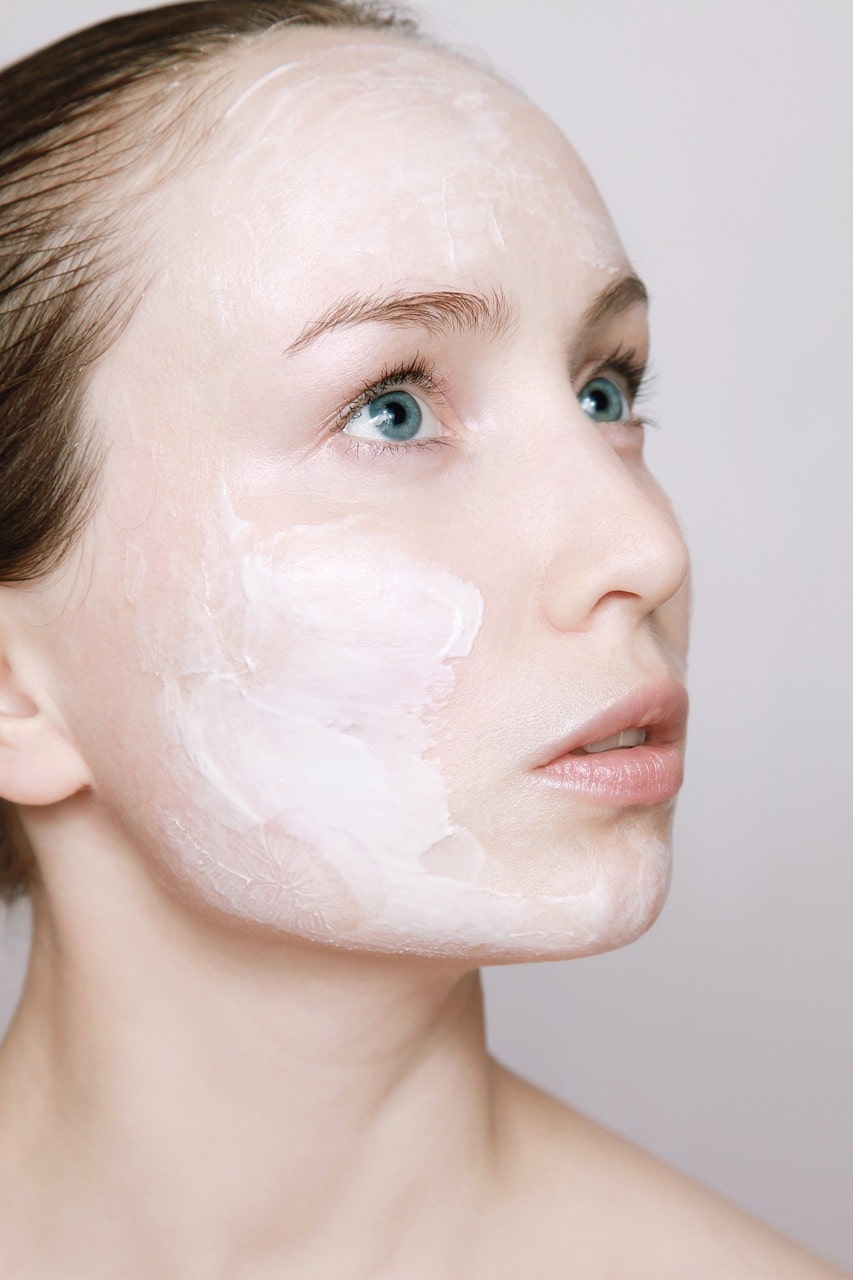
Normal cleansers are our go-to products for daily cleansing. They work diligently to cleanse the surface of our skin, leaving it fresh and clean.
These cleansers typically have surfactants that help to break down and wash away dirt and excess oil, giving us that satisfyingly clean feeling.
While ordinary cleansers are fantastic at their primary job—removing dirt and oil—they may fall short when thoroughly removing sunscreen.
Sunscreen contains emollients and polymers that help it stick to the skin. These components allow the sunscreen to provide the long-lasting protection we rely on, but they also contribute to its tenacity regarding removal.
The film created by sunscreen can be difficult for ordinary cleansers to break down, leading to potential residue buildup if not properly cleansed.
Is double cleansing a solution?
It’s a skincare technique that has gained popularity for its effectiveness in thoroughly removing impurities, including stubborn sunscreen. Double cleansing involves using two types of cleansers in sequence to achieve more profound and thorough success.
The idea is simple: the first cleanser, typically an oil-based one or micellar water, helps to break down and dissolve makeup, sunscreen, and other oil-based residues.
The second cleanser, usually foaming or gel-based, goes deeper to remove water-based impurities, sweat, and any remaining stuff. Combining these two steps can achieve a more comprehensive and practical cleanse.
How to correctly double cleanse? Here’s a simple step-by-step guide to get you started:
Begin with an oil-based cleanser or micellar water. Apply a small amount to dry skin and gently massage it in circular motions. This will help break down and dissolve the sunscreen. Rinse thoroughly with lukewarm water.
Follow up with a foaming or gel-based cleanser. Apply a pea-sized amount to damp skin and massage it, focusing on areas where sunscreen was applied. Work it into a lather and rinse well with lukewarm water.
Pat your skin dry and continue your skincare routine, such as applying toner, moisturizer, or other desired products.
More tips for effective sunscreen removal
Using the right amount of sunscreen can make a big difference in its removal. Applying too little can lead to insufficient protection, but using too much can result in a thicker layer that is harder to remove.
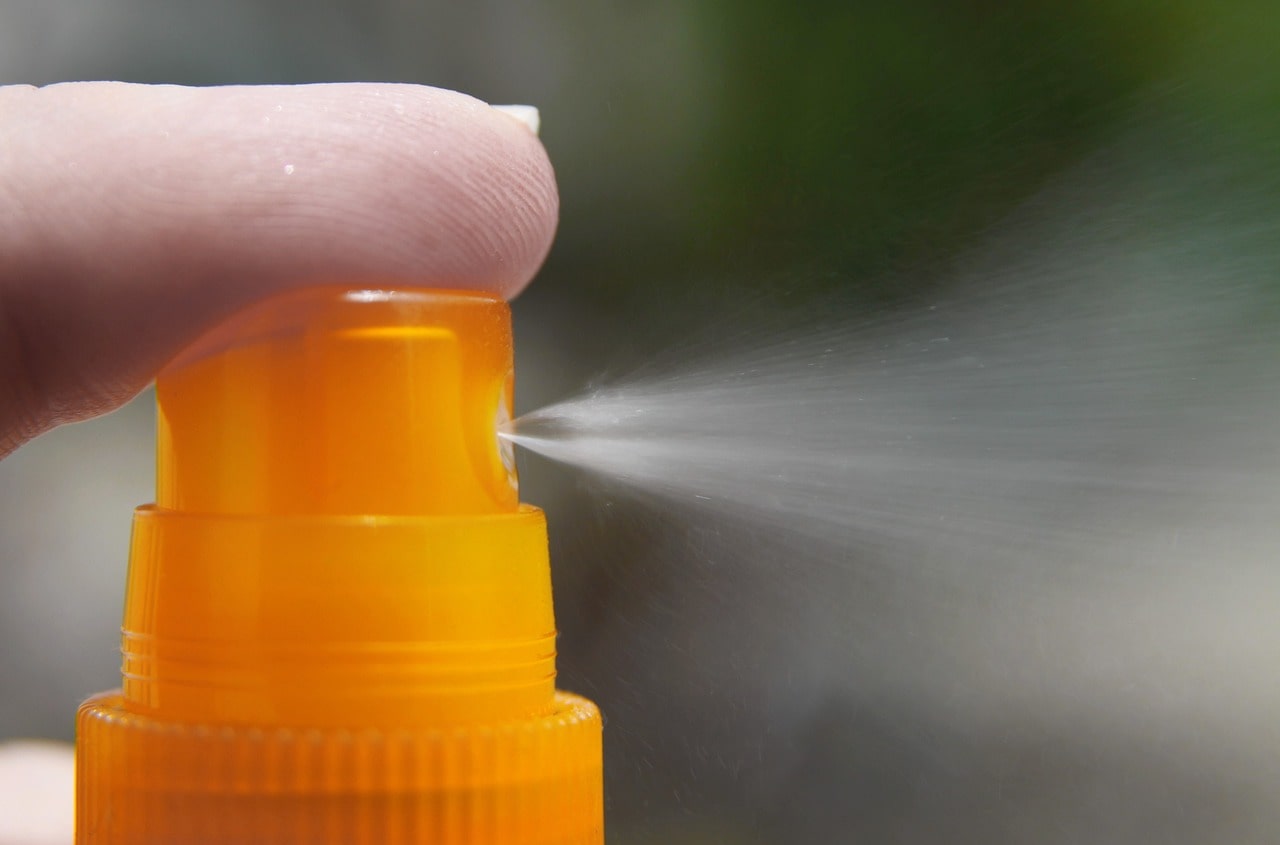
The key is to find the right balance. Follow the instructions on the sunscreen packaging to determine the recommended amount for your face and body.
Applying an adequate but not excessive amount of sunscreen will make the removal process more manageable.
Harsh rubbing or scrubbing can irritate the skin and may not necessarily enhance removal. Instead, gently massage during cleansing to help break down and lift the sunscreen from your skin.
Use your fingertips or a soft cleansing tool to pressure and move in circular motions.
When rinsing your skin, use lukewarm water instead of hot water. The latter can strip the skin of natural oils and disrupt its moisture balance. Rinse your face and body with cascading water, allowing it to wash away the sunscreen and cleansing product naturally.
Waterproof or sweat-resistant sunscreens are designed to stay put even during water activities or excessive sweating. While their durability benefits sun protection, they can pose challenges regarding removal.
Look for “waterproof” or “sweat-resistant” cleansers to ensure they have the necessary ingredients to break down and remove these sunscreens. Additionally, following the double cleansing method can aid in breaking down the water-resistant components of these sunscreens.
The importance of post-cleansing skincare
Sunscreen removal, while necessary, can also strip away some natural oils and moisture from your skin. Moisturizing helps to restore hydration and maintain a healthy moisture barrier.
Look for lightweight, non-greasy moisturizers which are suitable for your skin type. Ingredients like hyaluronic acid, ceramides, and natural oils can help replenish moisture and lock it into your skin.
After cleansing and moisturizing, choosing skincare products that soothe and nourish your skin is essential. Look for gentle and calming ingredients that can help reduce any potential irritation or redness caused by sunscreen removal.
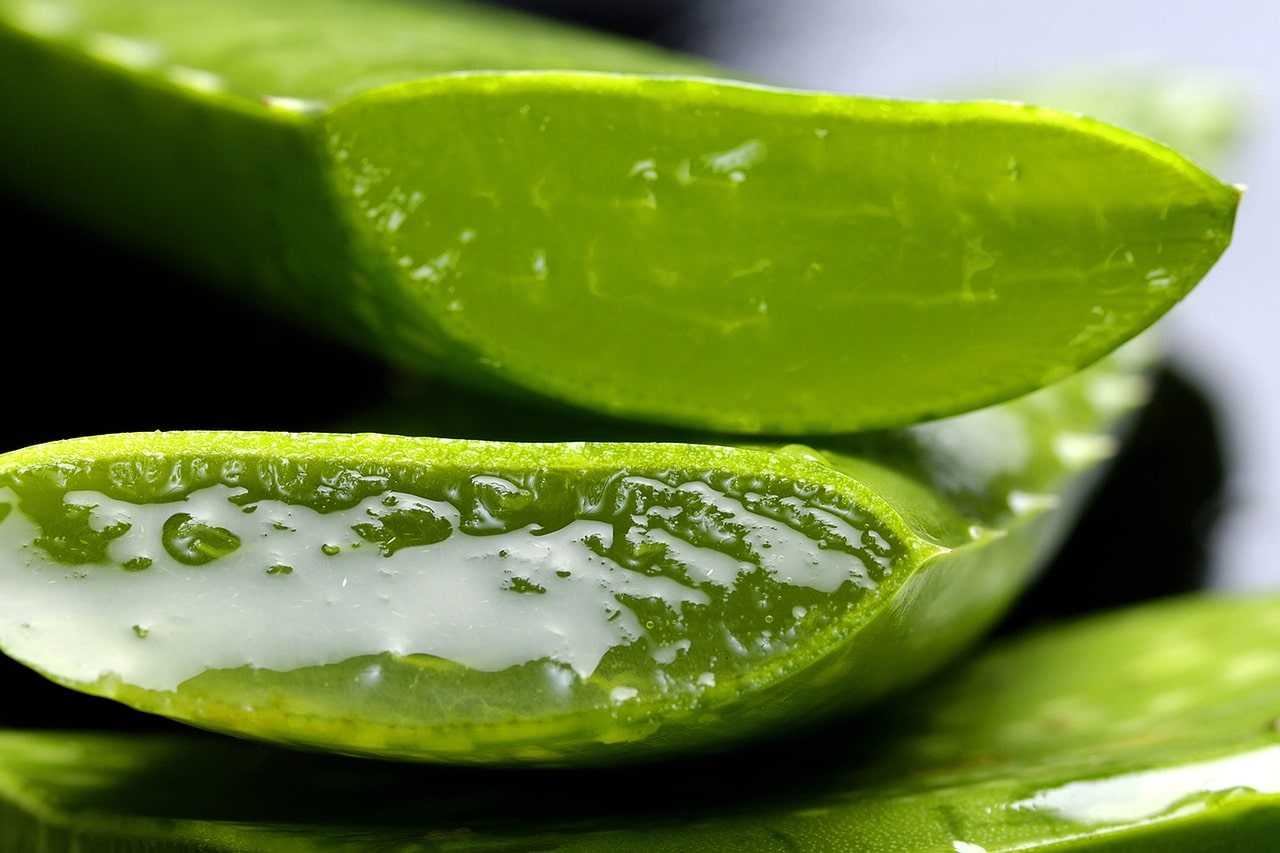
Products with soothing ingredients like aloe vera, chamomile, green tea extract, or niacinamide can help calm and rejuvenate your skin. Additionally, antioxidants such as vitamin C and vitamin E can provide nourishment and help protect your skin against free radicals.
Incorporating exfoliation and masks into your post-cleansing routine can provide additional benefits to your skin. Exfoliation helps remove dead skin cells, unclog pores, and promote cell turnover. This can result in smoother, brighter skin and enhance the absorption of other skincare products.
Consider using a gentle exfoliator, such as a chemical exfoliant with alpha-hydroxy acids (AHAs) or beta-hydroxy acids (BHAs). These ingredients help slough away dead skin cells without harsh physical scrubbing.
Face masks can provide targeted treatments and address specific concerns. Look for masks that cater to your skin’s needs, such as hydrating masks for moisture replenishment or clay masks for deep cleansing and purifying. Using a mask once or twice a week after sunscreen removal can give your skin an extra boost and address specific concerns.
Final thoughts
Sunscreen, with its water-resistant and long-lasting properties, requires specialized cleansing methods for effective removal. Relying solely on a regular cleanser may leave behind residue, compromising the health of your skin.
By embracing the practice of double cleansing, incorporating oil-based cleansers and foaming cleansers, you can ensure thorough and complete removal of sunscreen.
Remember the importance of post-cleansing skincare, including moisturizing and nourishing your skin to maintain its health and hydration. Remember, when removing sunscreen, taking the extra step and using the right products will lead to a clean, protected, glowing complexion.
Thank you for reading!
Valeria
